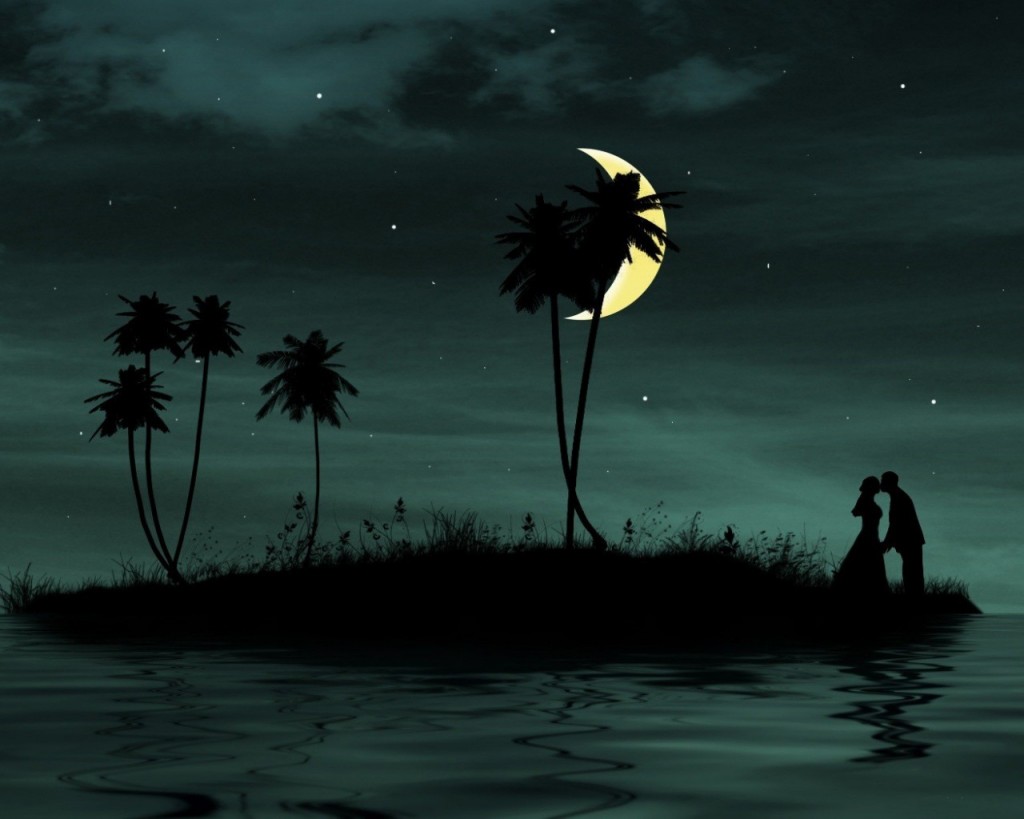While Khandala has traditionally inspired young couples from Mumbai to blush at the thought of a certain kind of weekend fun that chiefly comes rubber coated, Igatpuri mysteriously has only been a railway junction in most minds. Or, in a kinder analysis, a tiny town where some people take a vow of silence for many days at the renowned Vipassana Centre — another mere junction on the way to a greater destination. But Igatpuri has all the trappings of a convincing weekend escape from Mumbai. At a height of 2,000 ft, it’s cooler than Khandala all round the year, guarded by tall green hills that sometimes hide their heads behind lazy mists.
In the rains, Igatpuri’s hills and deep river valleys burst into many shades of green, after soaking in busy streams and brisk waterfalls. The town itself takes a backseat to this side-show. Igatpuri is not more than a dot of civilisation, on the very edge of a huge, breathtaking canvas that was meant for us to gape at and to figure out, on a Saturday evening perhaps, that life goes on. Silently.
Things to see and do
Igatpuri gives you two choices because there are always two kinds of people in the world. You can do absolutely nothing, have a massage, watch others swim and, of course, eat in between. Or you can walk down curious valleys, fall a few times on the bright green grass, search for unnamed waterfalls and get wet.
On your way to Igatpuri from Mumbai, less than 3 km from Manas Resort, which has become a landmark in this region, is the Bhatsa River Valley. It’s a stunning depth of extremely happy vegetation and rocks that run down a slope off the road, only to rise again majestically far away as proud hills. A river far down below cuts the curve into two to present the perfect cliché of ‘a beautiful valley’, as though a kid with some talent had devised the whole thing.
A few hundred feet before you reach Manas Resort is Ghatandevi Mandir, dedicated to the goddess of the ghats. The mandir will be to your left as you come from Mumbai. To the right of the highway is one of the most spectacular sights in this region — Camel Valley. It’s easy for the uninformed to miss Camel Valley. You have to walk over and look down to find a slope that falls over 1,000 ft. During the monsoons a pregnant waterfall cuts through the rocks in a violent descent. Near this spot are a few mini plateaus that you can walk up to, and which offer their own unique points of view.
Igatpuri’s waterfalls
In the rains, Camel Valley is full of waterfalls. Some are big and hard to miss, some have to be searched for. Keep walking and you will find five or more, hurtling down on the rocks and snaking their way further into the valley. A railway track also cuts across this valley; place a coin on the track and wait for the train to smash and elongate it. This suggestion, needless to add, has not been addressed to minors.
About 6 km from Manas Resort is Tringalwadi Fort that has attracted trekkers chiefly during the rains. In the monsoon, the farmers of Tringalwadi grow their crops over what is essentially a rough motorway that leads to the base of the fort. So, in the rains, vehicles cannot travel the last 3 or 4 km towards the ancient fort. But there is a narrow pathway for a nice, long, wet walk, down to the calm Tringalwadi Lake that looks a trifle more beautiful from the fort. The fort itself is worthy of personal exploration. A few kilometres away from Tringalwadi Lake is Talegaon Lake, created by the small Talegaon Dam. It’s worth the trip only if you really adore water bodies and the accompanying sounds and smells and sights.
Quick Facts
Location A tiny town about 1,900 ft above sea level, embedded in the Western Ghats
Distance 140 km NE of Mumbai JOURNEY TIME By road 3 hrs By rail 23/4 hrs
Route NH3 to Igatpuri over Kasara Ghat, via Shahapur
When to go June to February, avoiding October
Tourist office
MTDC Nashik
T/1, Paryatan Bhavan
Govt Guest House Premises, near Golf
Club, Old Agra Road, Nashik
Tel: 0253-2570059; Fax: 2579352
Website: maharashtratourism.gov.in
STD code 02553 From Mumbai 952553
By Manu Joseph
About the author
Manu Joseph is the current Editor-in-Chief of Open magazine. Formerly Features Editor of The Times of India, he has also written for Conde Nast’s wired.com, and the UK Independent.





